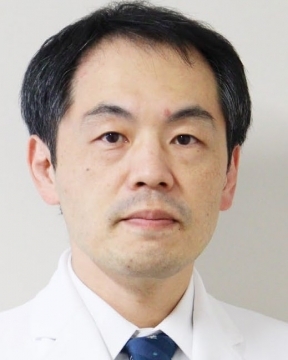 |
Dr. Yoichiro SugiyamaSaga UniversityThe Potential Influence Of Antioxidant Twendee X On Oxidative And Antioxidative Stress Following Brainstem Ischemia/reperfusion Inufusa International Symposium (5th Intl. Symp. on Oxidative Stress for Sustainable Development of Human Beings) Back to Plenary Lectures » |
Abstract:Respiration-swallowing coordination is essential for preventing aspiration, which is regulated by brainstem neuronal networks referred to as the central pattern generators (CPGs) for respiration (respiratory-CPG) and swallowing (swallowing-CPG). Damage to the swallowing CPG, such as that caused by a medullary stroke, can lead to delayed initiation of swallowing and impair the motor sequences involved in the swallowing process. Reoxygenation following ischemic brainstem damage can exacerbate neuronal injury due to oxidative reactions involving reactive oxygen species (ROS) in both the ischemic area and surrounding tissues. The effects of antioxidants on swallowing and respiratory CPG dysfunction following ischemia/reperfusion remain largely unexplored. To investigate the potential role of antioxidant therapy in brainstem ischemia/reperfusion, we examined changes in the motor activities of respiration and swallowing before, during, and after a transient vertebral artery clamping-induced brainstem ischemia. We assessed the impact of the antioxidant Twendee X on these activities. Using a perfused brainstem preparation of rats, we recorded respiration and swallowing activities via the vagus, hypoglossal, and phrenic nerves. Swallowing was induced through electrical stimulation of the superior laryngeal nerve or by administering oral water. We analyzed changes in respiratory rhythm and motor activity. We also measured reactive oxygen metabolites (d-ROMs) and biological antioxidant potential (BAP) in the perfusate to evaluate oxidative and antioxidative stress levels before and after clamping. Additionally, we assessed whether Twendee X administration influenced the changes resulting from ipsilateral brainstem ischemia/reperfusion. Following the artery clamping, respiration and swallowing-related activities in the vagus and hypoglossal nerves were modestly altered. BAP levels tended to increase after reperfusion, whereas d-ROM levels attributable to brainstem ischemia/reperfusion appeared to be affected by Twendee X administration. These findings may suggest a potential therapeutic role for Twendee X in mitigating neuronal damage in the brainstem caused by ischemia/reperfusion. |
|